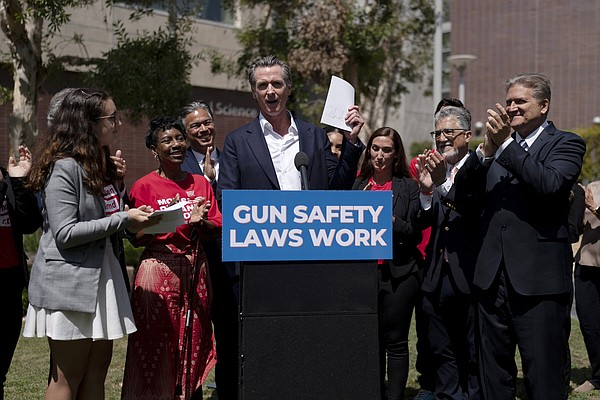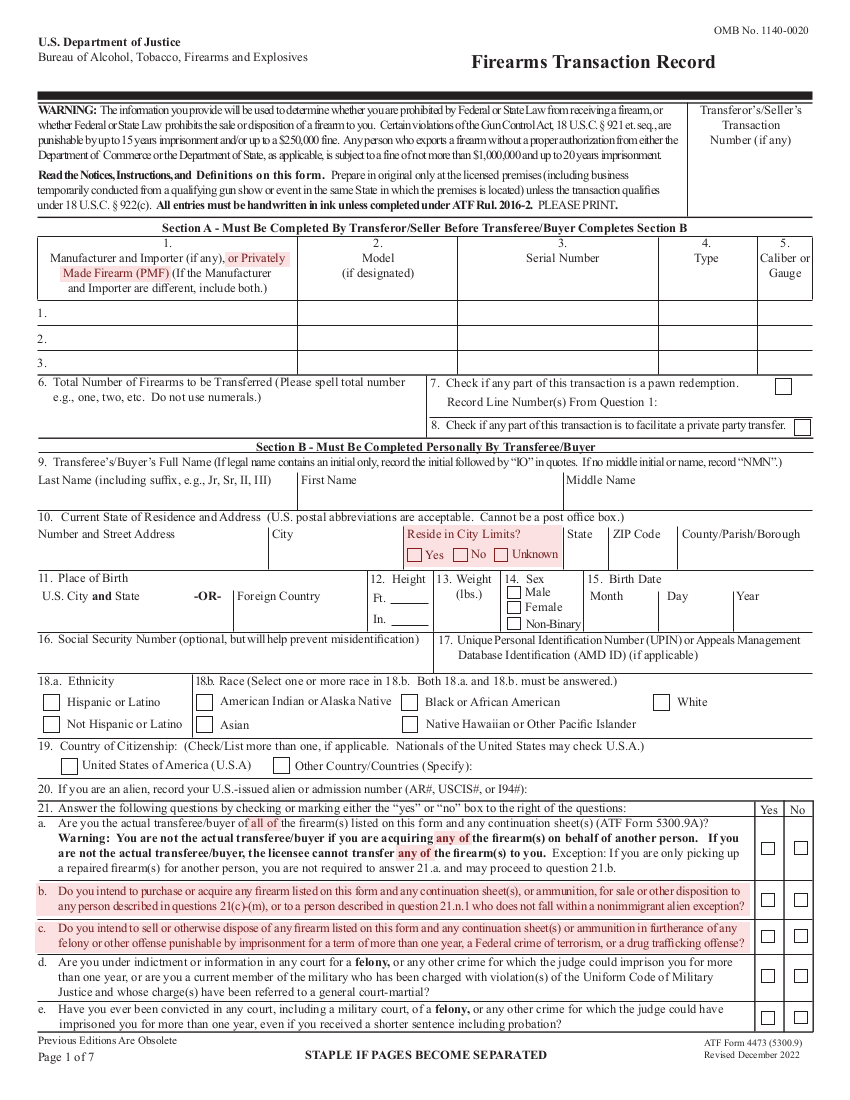When the Judge Isn’t Qualified
On June 23rd, 2022 the Supreme Court of the US issued their opinion on NYSR&PA v. Bruen. Justice Thomas wrote a beautiful opinion which destroys the two step shuffle of means-end balancing.
On June 21st, 2022 the State of RI passed a standard capacity magazine ban. They call them “Large Capacity Feeding Devices” or “LCMs”. Four gun owners and an FFL filed suit challenging the law. The case is “Ocean State Tactical v. State of Rhode Island” No. 22-CV-246 JJM-PAS.
Today the judge in the case issued his order in regards to the plaintiffs (good guys) requesting a preliminary injunction to block the ban.
The court denied the request.
In summary, the Court find that the plaintiffs lack a likelihood of success on the merits, that they will not suffer irreparable harm if the law is allowed to take effect, and that the public interest is served by denying injunctive relief. Specifically, regarding the merits, the plaintiffs have failed in their burden to demonstrate that LCMs are “Arms” within the meaning of the Second Amendment’s text. Moreover, even were they “arms,” the plaintiffs have failed to prove that LCMs are weapons relating to self-defense. There is no Second Amendment violation from the LCM Ban because of those two shortfalls of persuasion. The Court must therefore consider the LCM Ban outside the core Second Amendment protection. The Court further finds that the statue is not vague. Because the LCM Ban is a valid exercise of police power, there is no “taking” requiring just compensation and, consequently, no violation of the Fifth Amendment. The Rhode Island General Assembly passed, and the Governor signed, legislation to lower the risk of harm that results from the availability of devices that assist someone intent on murdering large numbers of people. This common sense public safety legislation does not implicate the Second Amendment and violates no one’s constitutional rights
(Any grammar or spelling errors in the block quote are the fault of the transcriber, me)
Fortunately for us, the Supreme Court has already ruled that things like magazines and ammunition are arms. They did it in a roundabout way but it was done. The Supreme court in Heller explicitly stated that it is unconstitutional to ban a class of firearms in common use for lawful purposes. They have stated that “use for lawful purposes” is not limited to firing the arm in self defense. The act of possessing a firearm is using it.
Just as the act of carrying a firearm by a police officer is using it. Even if they never draw their gun. The fact that they have (possess) the gun and have it with them changes the behavior of those around them. That makes possessing a firearm “use”.
As far as a magazine not being an arm, there are guns that will not function without a firearm. Many semi-auto pistols have magazine safeties which block the functioning of the firearm without the magazine being in the gun. Thus a magazine ban would be banning an entire class of firearms which Heller says is unconstitutional.
In addition, if it were constitutional to limit the number of rounds a firearm is allowed to hold there is no difference, legally, between 10 rounds and 1 round. According to this Judge the state has the right to limit all firearms to being single shot only.
The judge declares the magazine ban “a valid exercise of police power”. This is sort of like saying it is okay for the police to take your pot because pot is illegal and they don’t have to reimburse you for it. But this declaration depends on the ban being constitutional in the first place.
Finally the Judge states that the ban is “common-sense public safety legislation”. He doesn’t say he used means-end balancing but the fact that he mentions public safety or common-sense strongly suggests that was part of his reasoning.
For the uninitiated–which, until this case appeared on the docket, the Court considered itself–magazines are devices holding extra ammunition and are inserted into and removed from the frame of the firearm, much as an extra battery-pack gets swapped in and out of a battery operated tool, like a leaf blower, for example. “Reloading,” in this context, means removing an empty magazine and substituting it with a full one. The process may be as simple as pressing a button to eject the spent magazine, in order to push a new one in. (References omitted)
So an ignorant judge can’t be bothered to actually read what the supreme court has to say on the subject but is qualified to decide what a magazine is.
When a multiple round device like an LCM is attached, a handgun becomes a “semiautomatic” weapon, meaning that it is capable of rapidly firing several bullets, one right after another. However, the gun still requires a trigger pull for each round fired. (dictionary reference omitted) Nevertheless, a semiautomatic weapon can fire at rates of 300 to 500 rounds per minute. Kolbe v. Hogan (4th Cir. 2017)(en banc). A fully automatic weapon, such as a machine gun, differs from a semiautomatic weapon in that only one trigger pull is necessary to release a barrage of bullets that are then sprayed continuously from the barrel until a manual action is taken to stop them.
The 4th Circuit just heard oral arguments last week regarding Bianchi v. Frosh which the supreme court GVRed back to the 4th after the Bruen decision. The original decision on Bianchi v. Frosh was decided based on Koble v. Hogan. In other words, this judge just based his definition of a semi-automatic weapon and its rate of fire on a case that the supreme court says was wrongly decided.
As soon as this ban goes into effect, any person that still possess a standard capacity magazine which holds more than 10 rounds is guilty of a felony. This is acceptable because the state granted a 180 day grace period.
You are reading this blog post so you follow gun control regulations, at least to some extent. You would be aware if your state were to pass such a ban that would make you guilty of a felony overnight for owning something that you bought legally.
…In accessing the constitutionality of a restriction, courts must inquire whether LCMs were in common use during the relevant historical period and whether they are unusual and dangerous.
NO. That is not what Heller or Bruen said. It is not if the item was in common use at the time of the ratification. It is if it is in common use today. The supreme court explicitly stated in Heller that “arms” extends to modern firearms. That is not just weapons of 1791.
It is also the case that determine if something is an “arm” does not depend on whether they are unusual and dangerous. Being in common use for lawful purposes makes them NOT “unusual and dangerous”.
The rest of the 59 page order isn’t much better. Feel free to read it
Memorandum and Order, Juhn J. McConnell, JR US District Court Chief Judge




/cloudfront-us-east-1.images.arcpublishing.com/opb/BTM6BHALDRHB3LA4NC4ANGIBAU.jpg)


/cloudfront-us-east-1.images.arcpublishing.com/gray/VSG5IAGNEVBZTDWO73UFH24N4A.png)
/cloudfront-us-east-2.images.arcpublishing.com/reuters/EMUVFHQM5NJ4BCX4DESTQOGGN4.jpg)





